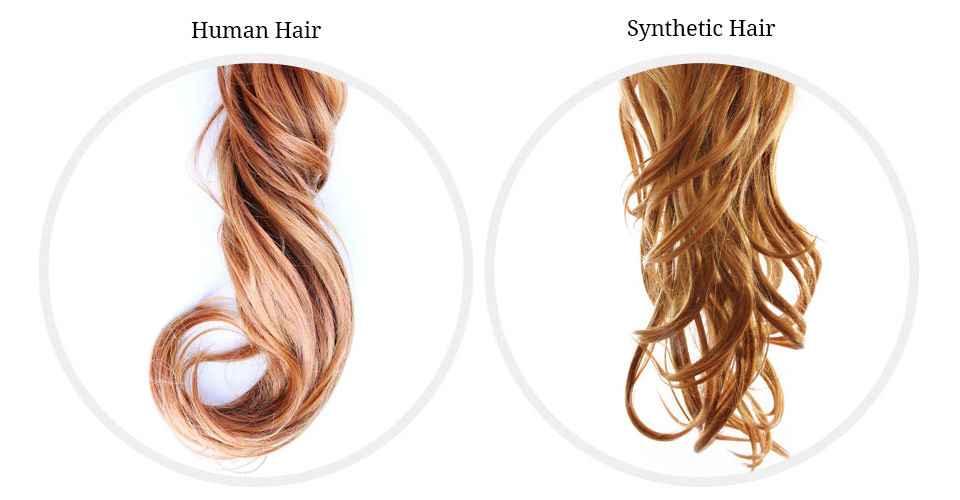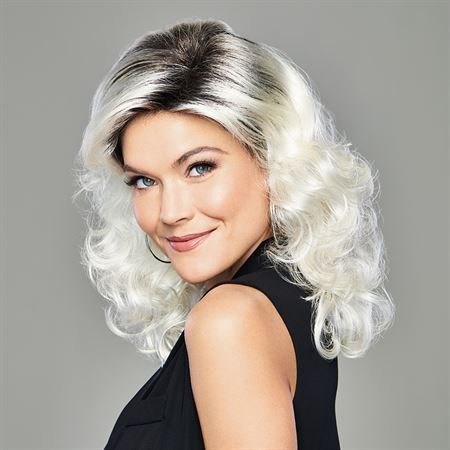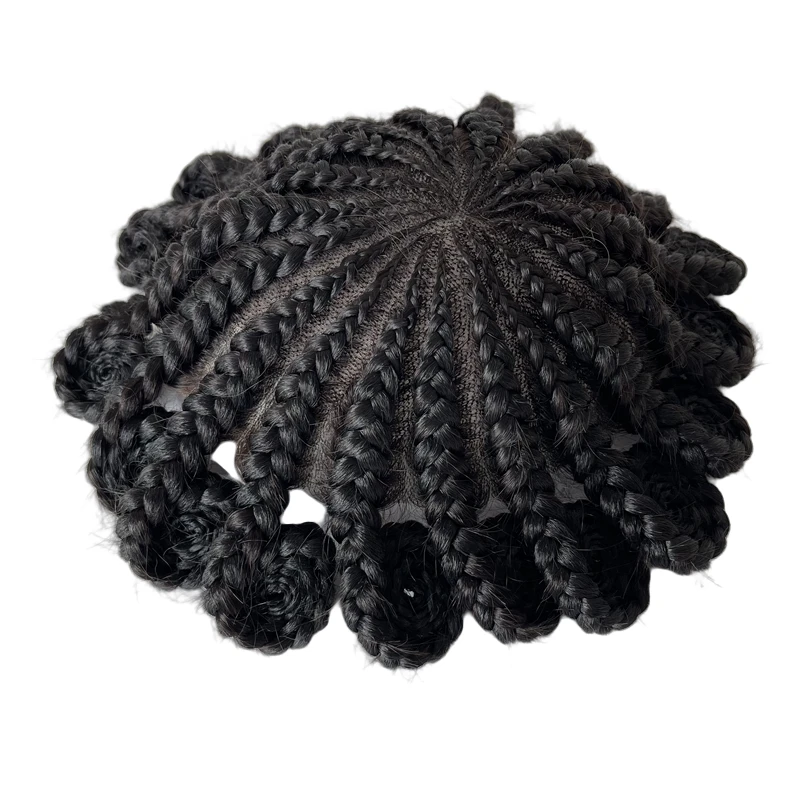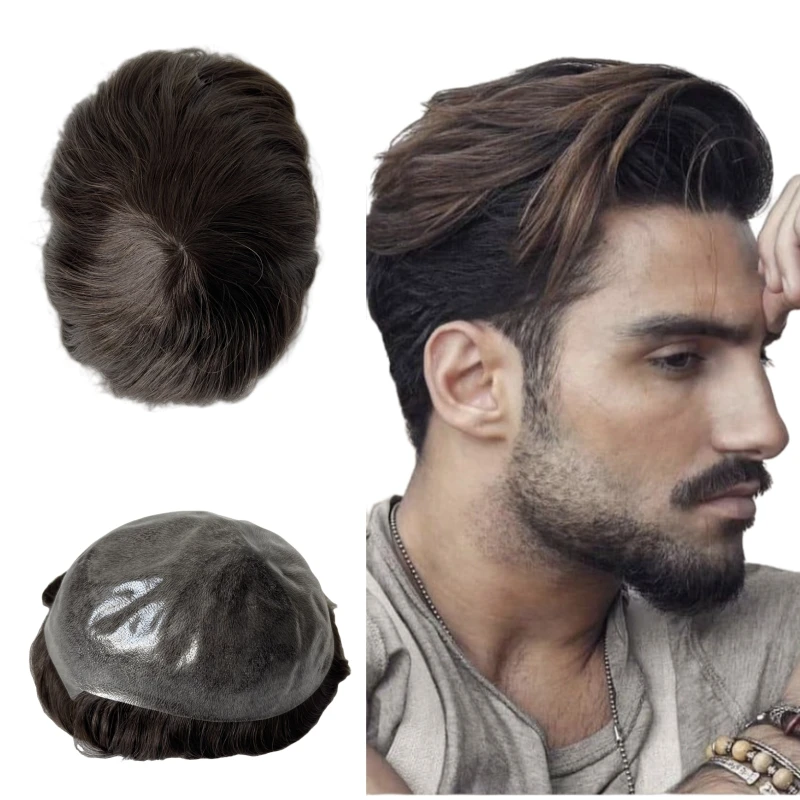
Variety: Synthetic hair offers a wide range of styles, colors, and textures mimicking natural hair.
Extensions: Popular for lengthening and volumizing hair quickly.
Wigs: Used for fashion, medical purposes, and convenience.
Making Synthetic Hair
Materials: Made from synthetic fibers like kanekalon or toyokalon.
Production: Extrusion and heat treatment create strands that mimic natural hair.
Customization: Can be styled with heat tools at lower temperatures.
Care and Maintenance
Washing: Use gentle shampoo and cold water to maintain texture.
Styling: Avoid high heat; use styling products formulated for synthetic hair.
Storage: Keep in a cool, dry place away from direct sunlight.
Fashion and Design Trends
Versatility: Popular for costume and everyday wear due to style options.
Color Trends: Reflects current hair color trends quickly and affordably.
Texture Play: Mimics natural hair textures for diverse styling options.
Market and Customer Preferences
Consumer Base: Diverse, including fashionistas, cosplayers, and those with medical hair loss.
Accessibility: Affordable alternative to natural hair options.
Innovation: Advances in fiber technology enhance realism and durability.
Good Sides
Affordability: Cost-effective compared to natural hair options.
Variety: Wide range of styles and colors available.
Low Maintenance: Easier to care for compared to natural hair.
Bad Sides
Durability: Less durable than natural hair, may wear out quicker.
Styling Limitations: Heat resistance limits some styling options.
Natural Feel: Doesn't replicate the natural look and feel of real hair entirely.
Understanding these hot points can help in navigating the synthetic hair industry, from production to consumer satisfaction, and staying informed about trends and customer preferences.







